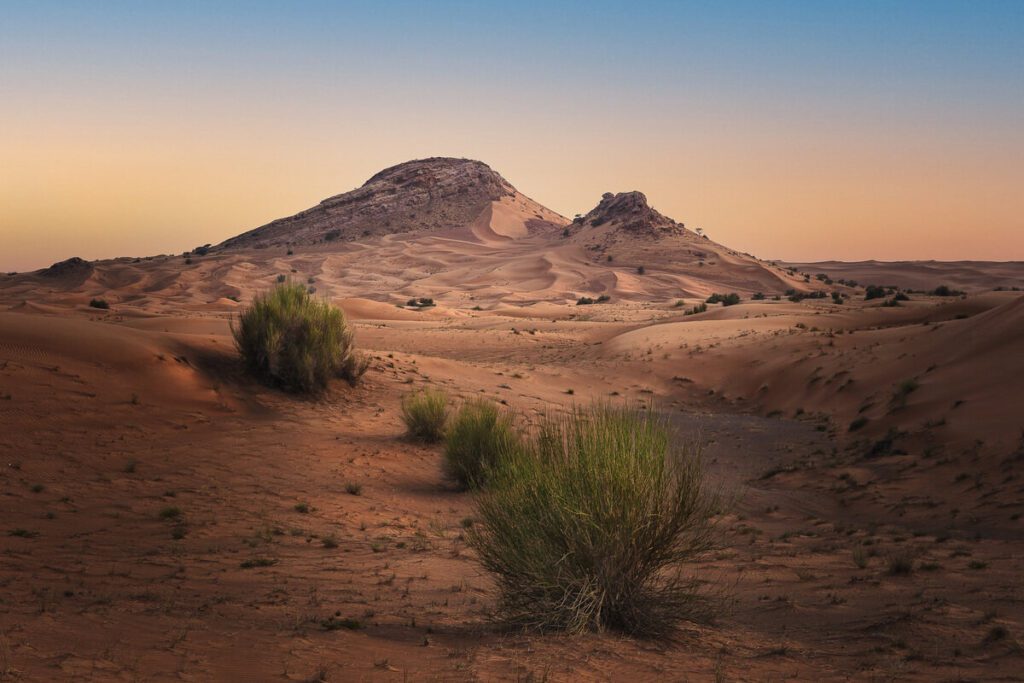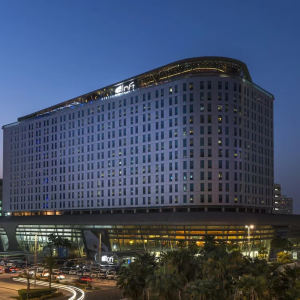In a momentous development for cultural heritage, Sharjah’s Faya Palaeolandscape has been officially designated as a UNESCO World Heritage Site. This recognition underscores the site’s exceptional archaeological and historical significance, offering invaluable insights into early human history in the Arabian Peninsula.
What Is the Faya Palaeolandscape?
The Faya Palaeolandscape is a vast archaeological site located in the central region of Sharjah, United Arab Emirates. Spanning approximately 29,085 hectares, it encompasses a diverse range of geological formations, including limestone ridges, valleys, and ancient riverbeds. The landscape is characterized by its rich fossil deposits and prehistoric artifacts, providing a window into the distant past.
Dating back over 210,000 years, the site preserves evidence of continuous human occupation from the Middle Palaeolithic and Neolithic periods. Archaeological findings include advanced stone tools, fossil remains, and signs of human settlement, shedding light on how early humans adapted to extreme climatic conditions and developed survival strategies in arid environments.

Significance of the UNESCO Designation
The inclusion of the Faya Palaeolandscape on the UNESCO World Heritage List is a testament to its outstanding universal value. The site’s well-preserved archaeological layers offer a rare and uninterrupted record of human evolution, migration, and adaptation in the Arabian Peninsula.
Notably, the Faya Palaeolandscape is the first desert Paleolithic site to be recognized by UNESCO, highlighting its unique contribution to understanding human prehistory. The site’s stratified cultural horizons reveal how hunter-gatherers and pastoralists adapted to alternating arid and rainy periods, providing crucial insights into early human resilience and innovation.

Archaeological Discoveries at Faya
Over the past three decades, extensive excavations at the Faya Palaeolandscape have uncovered a wealth of archaeological evidence. Key discoveries include:
- Advanced Stone Tools: The site has yielded a variety of sophisticated tools, demonstrating the technological capabilities of early human populations.
- Fossil Remains: Fossilized bones and other organic materials have been found, offering insights into the fauna that coexisted with early humans.
- Settlement Evidence: Remnants of ancient dwellings and hearths indicate that the area served as a habitation site for prehistoric communities.
These findings challenge previous theories about early human migration routes, suggesting that the Arabian Peninsula played a more central role in human dispersal than previously thought.
The Role of the Sharjah Archaeology Authority
The successful nomination of the Faya Palaeolandscape for UNESCO World Heritage status was spearheaded by the Sharjah Archaeology Authority (SAA). Established in 1994, the SAA has been instrumental in preserving and promoting the emirate’s rich archaeological heritage.
Under the leadership of Eisa Yousif, the SAA has conducted extensive research and excavation projects at the Faya site, collaborating with international experts and institutions. Their efforts have not only uncovered significant archaeological findings but have also contributed to the development of conservation strategies to protect the site for future generations.
Implications for Cultural Tourism and Education
The UNESCO designation of the Faya Palaeolandscape is expected to bolster cultural tourism in Sharjah and the wider UAE. The site offers a unique opportunity for visitors to engage with the region’s prehistoric past through guided tours, educational programs, and interactive exhibits.
Local schools and universities are also set to benefit from the site’s educational potential. The Faya Palaeolandscape provides a tangible connection to early human history, enriching curricula and fostering a deeper understanding of cultural heritage among students.
Future Preservation and Management Plans
Ensuring the long-term preservation of the Faya Palaeolandscape is a priority for the Sharjah Archaeology Authority. A comprehensive management plan has been developed, focusing on:
- Conservation Efforts: Implementing measures to protect the site’s archaeological features from environmental degradation and human impact.
- Sustainable Tourism: Developing infrastructure and services that facilitate responsible visitation without compromising the site’s integrity.
- Community Engagement: Involving local communities in preservation activities and promoting awareness about the site’s significance.
These initiatives align with UNESCO’s guidelines for World Heritage Sites and reflect the UAE’s commitment to safeguarding its cultural and natural heritage.

Broader Impact on the UAE’s Heritage Landscape
The inscription of the Faya Palaeolandscape as a UNESCO World Heritage Site marks a significant milestone in the UAE’s cultural heritage journey. It is the second site in the country to receive this prestigious recognition, following the Cultural Sites of Al Ain, which were inscribed in 2011.
This achievement underscores the UAE’s dedication to preserving its rich history and promoting cultural understanding on the global stage. It also highlights the importance of archaeological research and heritage conservation in shaping national identity and fostering a sense of pride among citizens.
Conclusion
The designation of the Faya Palaeolandscape in Sharjah as a UNESCO World Heritage Site is a remarkable achievement that celebrates the UAE’s rich cultural heritage and commitment to preserving its historical treasures. The site’s exceptional archaeological significance offers invaluable insights into early human history and underscores the importance of heritage conservation in understanding our shared past.
As the Faya Palaeolandscape continues to be studied and explored, it promises to yield further discoveries that will enhance our understanding of human evolution and our connection to the ancient world.
Do follow UAE Stories on Instagram
Upgrade Your Office Routine with These Work-Friendly Cafes in Dubai














